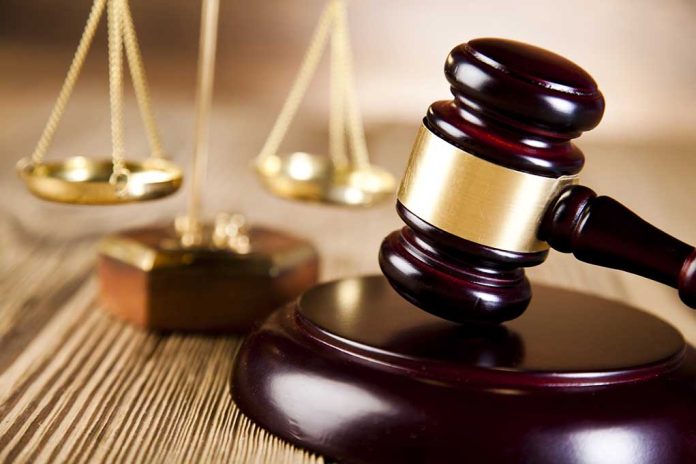
A federal judge approves FTX’s $14 billion recovery plan, promising creditors more than they initially invested after the crypto exchange’s spectacular collapse in 2022.
At a Glance
- Federal bankruptcy judge approves FTX’s reorganization plan to pay out over $14 billion to customers
- 98% of FTX’s creditors set to receive 119% of their allowed claim as of November 2022
- FTX has collected between $14.7 billion and $16.5 billion worth of property for distribution
- FTX founder Sam Bankman-Fried convicted and sentenced to 25 years in prison
- Distribution process involves creditors across more than 200 jurisdictions
Unprecedented Recovery in Crypto Bankruptcy
In a surprising turn of events for the cryptocurrency industry, a federal bankruptcy judge has approved FTX’s ambitious plan to reimburse its creditors following the exchange’s collapse in 2022. This decision marks a significant milestone in the ongoing saga of one of the most high-profile cryptocurrency failures to date.
The approved reorganization plan involves paying out over $14 billion to customers, a figure that exceeds the company’s initial debt estimates. US Bankruptcy Judge Jon Dorsey, presiding over the case in Delaware, green-lit the plan that aims to return 100% of bankruptcy claim amounts plus interest to non-governmental creditors.
FTX bankruptcy judge approves more than $14 billion payback plan two years after exchange collapsed https://t.co/36uJP2H480
— CNBC (@CNBC) October 7, 2024
Substantial Asset Recovery Efforts
FTX’s recovery efforts have been remarkably successful, with the company collecting between $14.7 billion and $16.5 billion worth of property for distribution. This amount significantly surpasses the estimated $11.2 billion owed to creditors, paving the way for a potential surplus in payouts.
“Looking ahead, we are poised to return 100% of bankruptcy claim amounts plus interest for non-governmental creditors through what will be the largest and most complex bankruptcy estate asset distribution in history,” said John Ray, who took over as FTX CEO following the company’s bankruptcy filing in late 2022.
To achieve this impressive recovery, FTX has employed various strategies, including selling assets and venture investments. Notably, the company sold most of its stake in AI startup Anthropic for nearly $900 million, contributing significantly to the recovery fund.
Implications for Creditors and the Crypto Industry
The approved plan promises a remarkable outcome for FTX’s creditors, with 98% set to receive 119% of their allowed claim as of November 2022. This unprecedented return in a bankruptcy case of this scale could potentially restore some faith in the cryptocurrency sector, which has been plagued by scandals and volatility.
“In preparation for this process, we are finalizing agreements to retain specialized agents to assist us in getting recoveries to customers around the world as safely and expeditiously as possible,” he further explained.
However, the distribution process faces challenges, involving creditors across more than 200 jurisdictions. The bankruptcy estate is yet to announce the specific date for the payout plan and the commencement of distributions. This global reach underscores the complexity of the case and the far-reaching impact of FTX’s collapse on investors worldwide.
Legal Aftermath and Regulatory Concerns
While the recovery plan brings hope to creditors, the legal ramifications of FTX’s collapse continue to unfold. Sam Bankman-Fried, the disgraced founder of FTX, has been convicted on seven criminal counts and sentenced to 25 years in prison for his role in the company’s downfall. Bankman-Fried is currently appealing his conviction, adding another layer of complexity to the ongoing legal proceedings.
The case has also drawn attention from regulatory bodies. The Commodity Futures Trading Commission (CFTC) agreed to a $12.7 billion settlement with FTX, including $8.7 billion in restitution. Meanwhile, the Securities and Exchange Commission (SEC) has expressed concerns over FTX’s proposed payment plan, particularly regarding the handling of stablecoins.
As the cryptocurrency market shows signs of recovery, with Bitcoin and other digital assets rebounding since FTX’s bankruptcy filing, the industry continues to grapple with the fallout from this unprecedented collapse. The successful implementation of FTX’s recovery plan could serve as a critical test case for handling future crises in the volatile world of cryptocurrency exchanges.

















